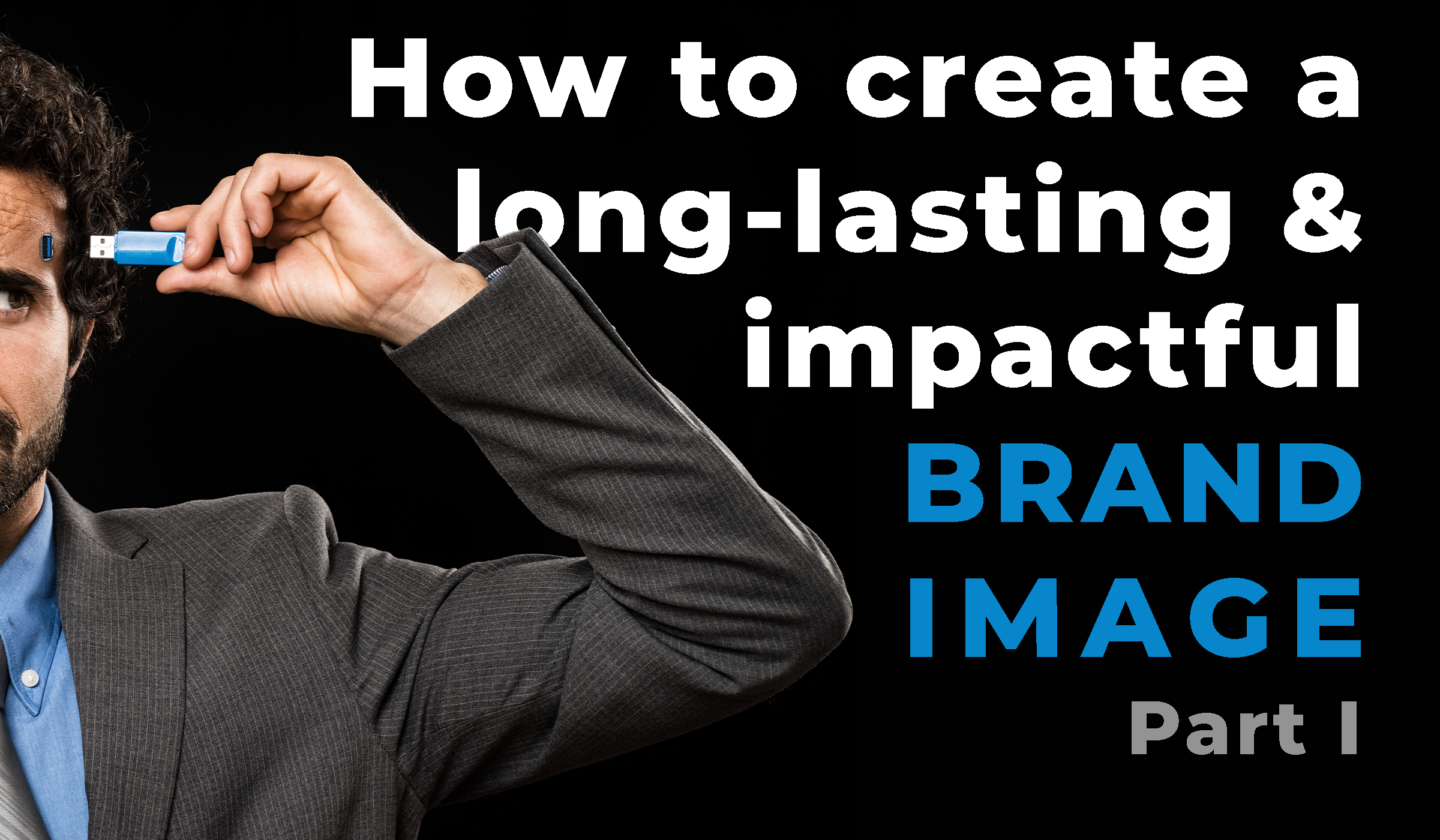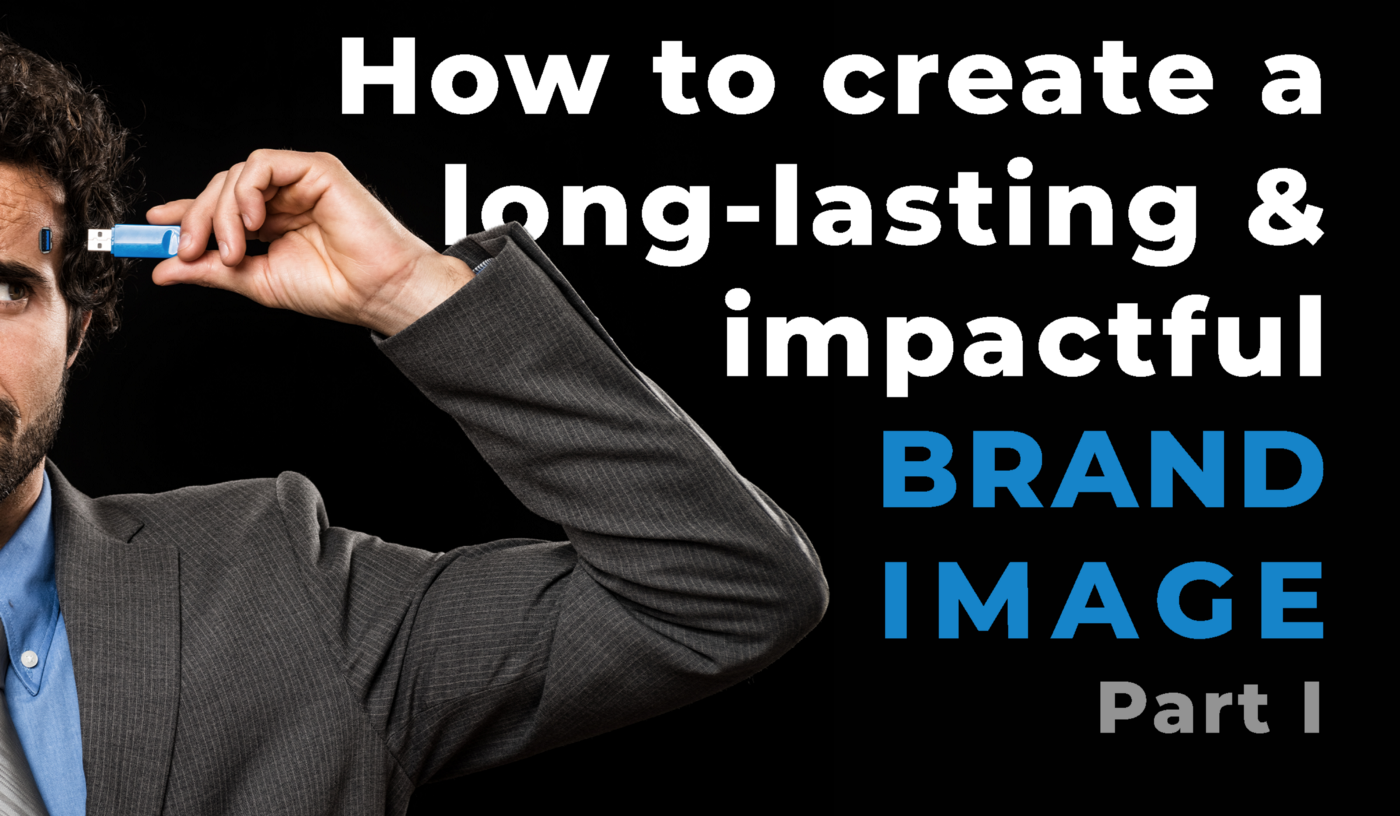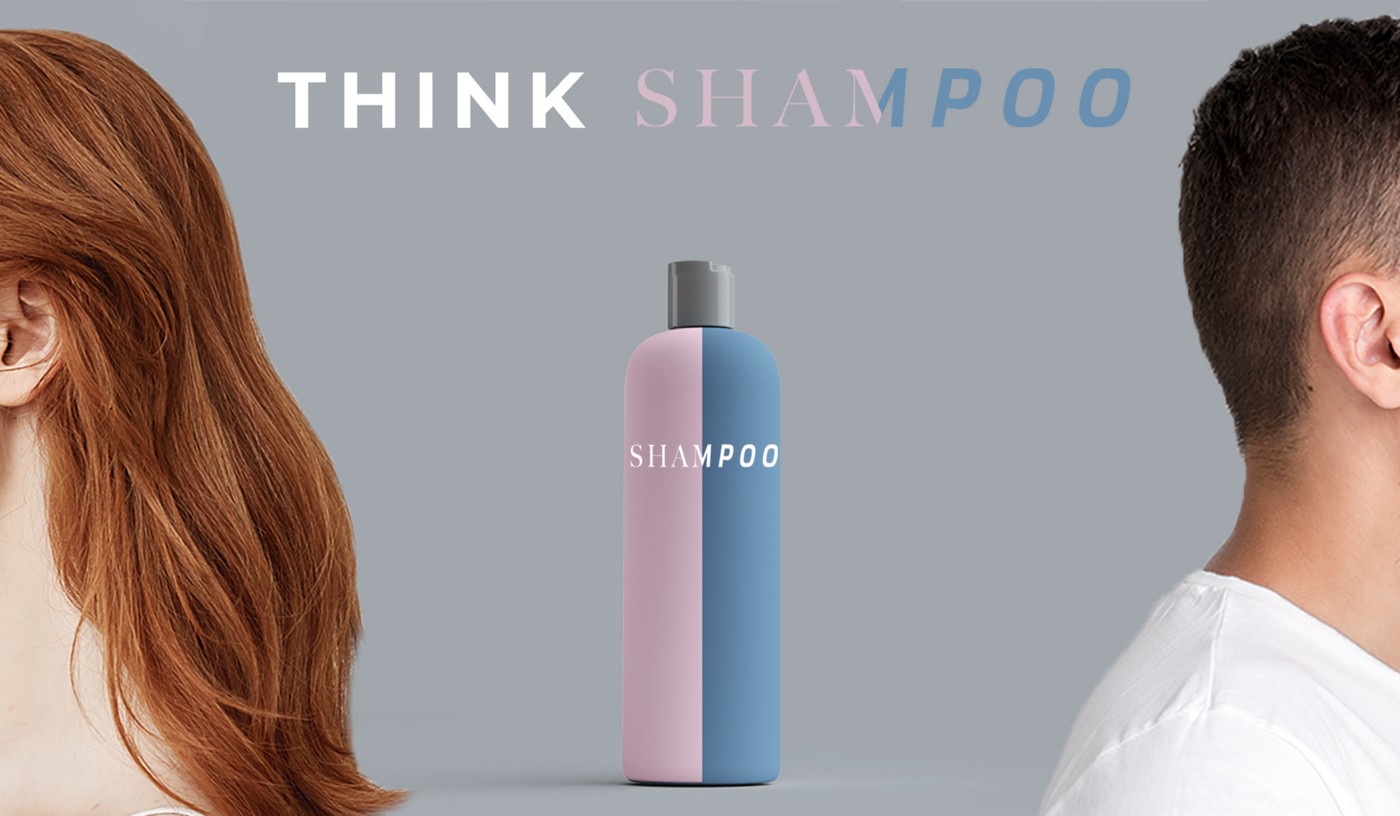The step-by-step pragmatic process to design a Brand that matters to people who care

Part I — Understanding what a brand is and how to influence it
Whether we are talking about a corporate brand image, a personal brand, or a product’s image, what matters is that the brand is owned by the audience, not the protagonists.
“A BRAND IS A PERSON’S GUT FEELING ABOUT A PRODUCT, SERVICE, OR ORGANIZATION” — Marty Neumeier
What it means is ultimately, you can’t control what people think, even they can’t, because this is how the human brain is wired, and the adage “don’t judge a book by its cover” is no longer acceptable.
Our brainpower is, 95% of the time, used unconsciously, we create feelings and emotions from things we hear, taste, touch, smell, and mostly see.
This is why aesthetics, beauty, or style is such an important aspect of Branding.
But if we can’t control our brands, what is branding?
Branding is the strategic and creative process of creating a unique brand image, through the design of an identity, meaningful culture, and consistent experience.
Let’s explore this definition:
Strategic & Creative
As Marty Neumeier illustrates in his book The Brand Gap, our brain has a logical analytic left side and an emotional artistic right side, most companies share the same model.
Strategic and Marketing departments, mostly at the top of the hierarchy, are in charge of making all the decisions and direct the design teams.
Yet, most successful and recognized brands lead with design thinking associated with strategic realities, with the audience’s needs always at the forefront of decision-making.
This is why branding requires both creative thinking and strategic insights.
Unique
What makes a brand memorable is its ability to stand out and be remarkable. Differentiation is at the core of branding.
For those of you who think that it’s a luxury or privilege to be seen as unique on the market, that not every company or product has the opportunity to be different, because you feel like the product or service itself has to be “special” or innovative, how many trivial products do we see on the market that have absolutely nothing special about them, except the way they make us feel, or how confident we are when purchasing them?
How many commodity products stand out just because of how well-designed the packaging is, and by good design, I mean a design that talks to its defined audience.
Uniqueness can be harvested and embraced in so many ways.
One of the most efficient ways to differentiate is to choose to speak to a specific niche of the market that you identified and only to them. Your niche represents your tribe, the kind of people you and your audience are.
PSYCHOGRAPHIC > DEMOGRAPHIC
Demographic data can be useful for some marketing applications, but you should define your audience based on what their beliefs are first, their way of life, their style, etc. If you care about what they care about, why should they buy from another company? Regardless of age, gender, income, location, etc.
Also, remember that your audience is not only your prospects but also people who can appreciate and understand it. How many brands do we like that we can’t afford or see the direct benefit in? Still, we like them, talk about them, follow them.
To learn more about ways commodity-like products stand out and build unique brands that matter, read Bigger Than This by Fabian Geyrhalter, FINIEN.
Identity
Identity is what makes the brand recognizable.
Brands with a signature, a symbol, colors, sound, etc. that make people instantly associate with the company or product will always have an advantage over commodities and competitors.
How many brands can you remember from the top of your head just by thinking colors or sound?
It has to be the result of the strategic and creative decisions combined, designed for your audience, not for you.
Choose attributes, style, colors, fonts, etc. that are aligned with what your brand stands for and design an identity that conveys your message clearly, in the shortest time possible. Apply it, then repeat it.
Identity alone is useless without consistency, you need to be able to deliver the same feeling and message across all touchpoints, if not you might cause confusion or worst, not be remembered.
Attention is the new gold.
We are flooded by information 24/7. Our brain automatically and unconsciously filters information to only serve what matters to us, or what intrigues us. This selection bias prevents us from going crazy. If you have a product that you know will help a specific audience, you can’t overlook the first impression you make, or you won’t even have a chance to prove it.
Culture
A brand culture is one of the most important aspects often overlooked by companies. Defining what your brand is and is not, what values and beliefs you share as a brand, and how we interact with each other, is very important.
What happens when every employee loves coming to work, and are proud of whom they work for? You guessed it, it transpires and affects the customer experience. Culture is not a tool that you can just switch on to impress your audience. It’s something that needs to be cultivated every day by strong leadership.
Being part of something Bigger than This is what it means to have a great culture. Human needs include self-actualization and belonging, feeling like you are part of something good, that has a positive impact all while being part of a community.
So, how can you create a culture? Start defining the impact that your company has on the world. People who believe in this will work for you, even if they can find better pay, and your audience will choose you over your competitors.
A lot of companies make the mistake of creating a culture based on their own success: “we want to be number one on the market”, “we aim to achieve financial success”, “Our mission is to operate the best specialty retail business in America”…
So what?
This is good to impress the shareholders but why should people care? People care about themselves; they want to find personal satisfaction when choosing to support a brand because it resonates with them.
That applies to customers as well as employees; there is nothing worse than feeling like the goal of your job is just to make your bosses richer.
Some tips to find a great impact to cultivate a culture:
- Think about your impact and value as something completely external
- It doesn’t have to be accomplished by you
- Bigger than your company
- It can go on even after you stop
Experience
Finally, a consistent experience is what keeps everything together.
The experience is the sum of all the different feelings that the audience and stakeholders perceive a specific brand.
The identity that has been clearly defined: from logo to colors, font, style, tone of voice, and messaging, needs to be applied to the real world, in front of the audience and employees.
We have seen the rise of sensorial marketing and how companies talk to our brains directly.
There is an infinite list of ways you can apply your identity to create a great experience: choice of music in your locations, the texture of the packaging, email signature, etc.
A lot of details that are often overlooked can make a huge difference.
Here are some more examples:
- Customer service vocabulary / responsiveness / friendliness
- Answering machine music
- Interior Design
- Sensorial Marketing (smell, sounds, touch, etc)
- Brochure design, style, paper
- Business card texture
- Dress code
- Animations/feedback of an app or website
Good experience = well-applied identity
You may have the most beautiful and appealing brand image, it would be all ruined by a bad experience.
An experience should always consider the audience’s needs first. What are they looking to achieve using your brand? How do they want to feel? What is their mindset at the time of use? Those can help you make the decisions on how to apply your identity and adapt to specific contexts.



